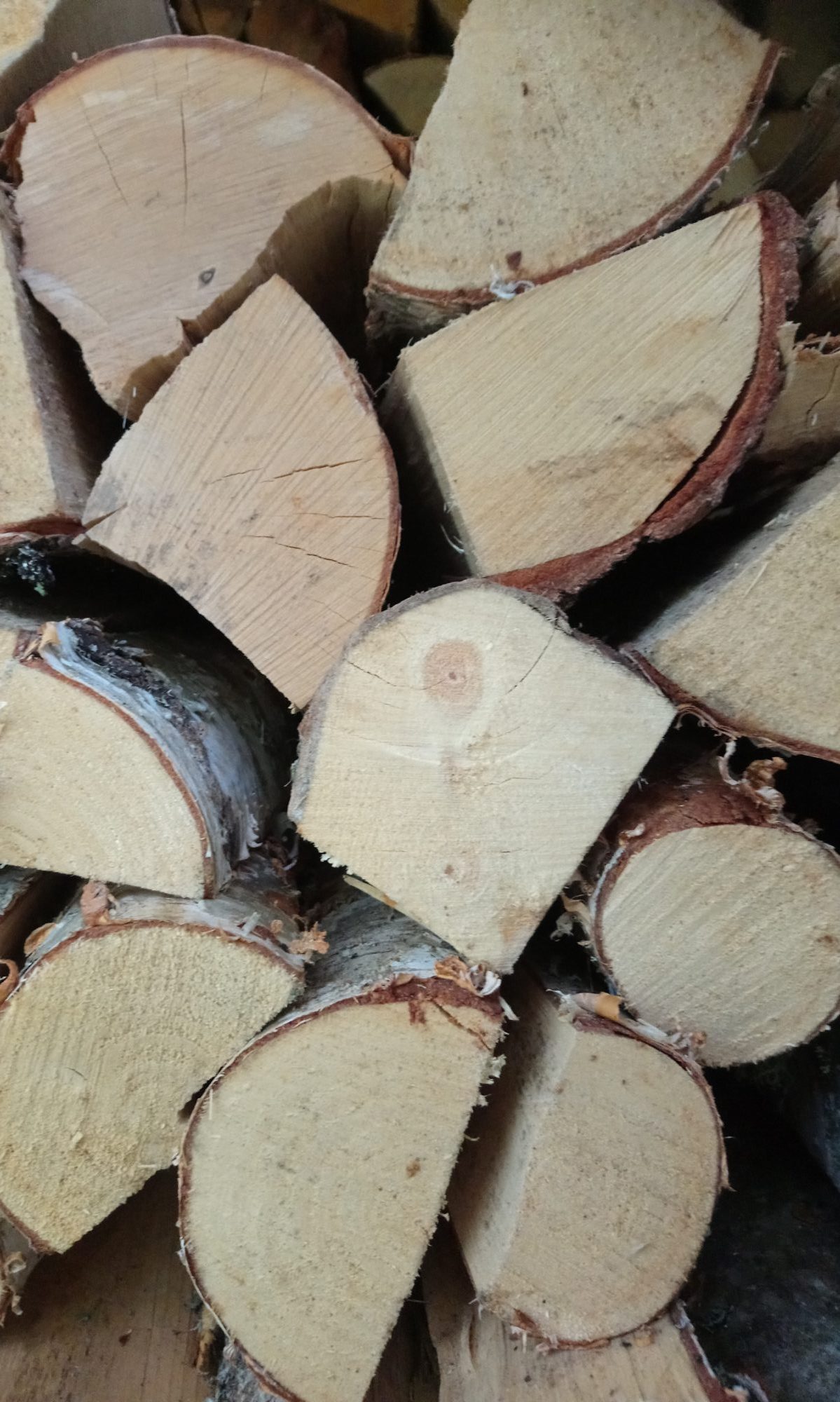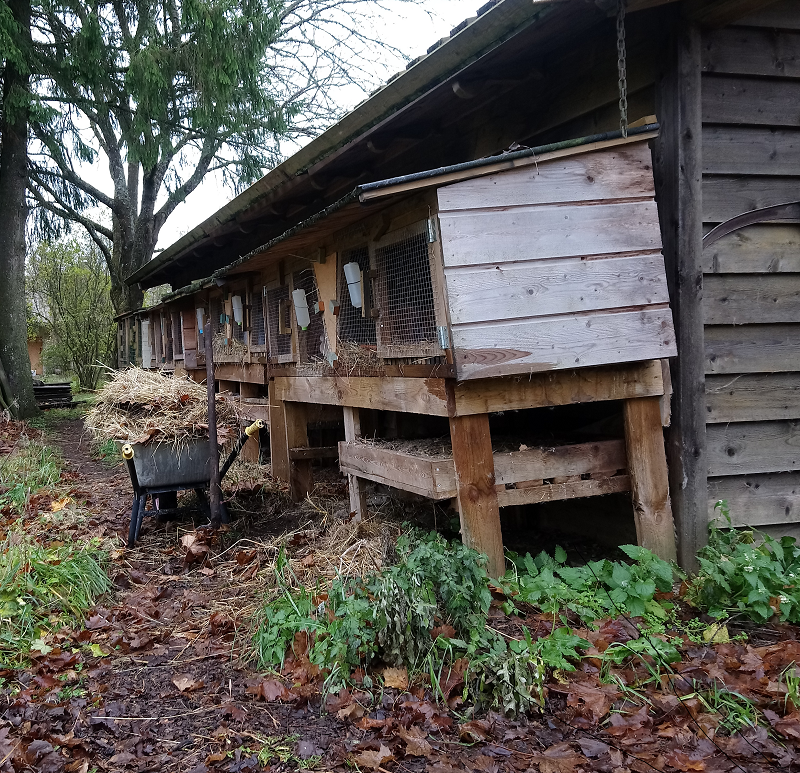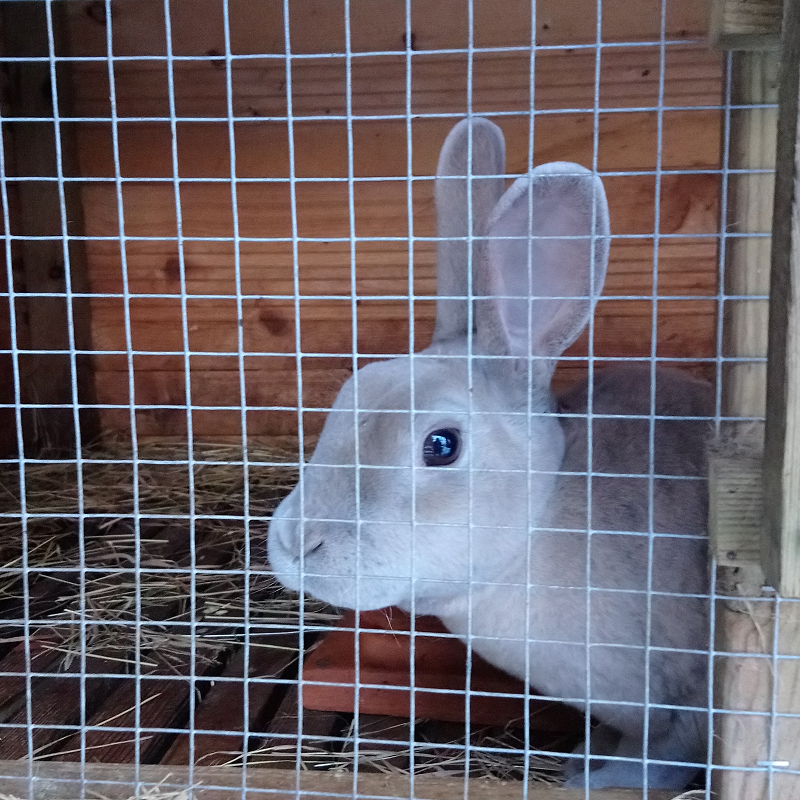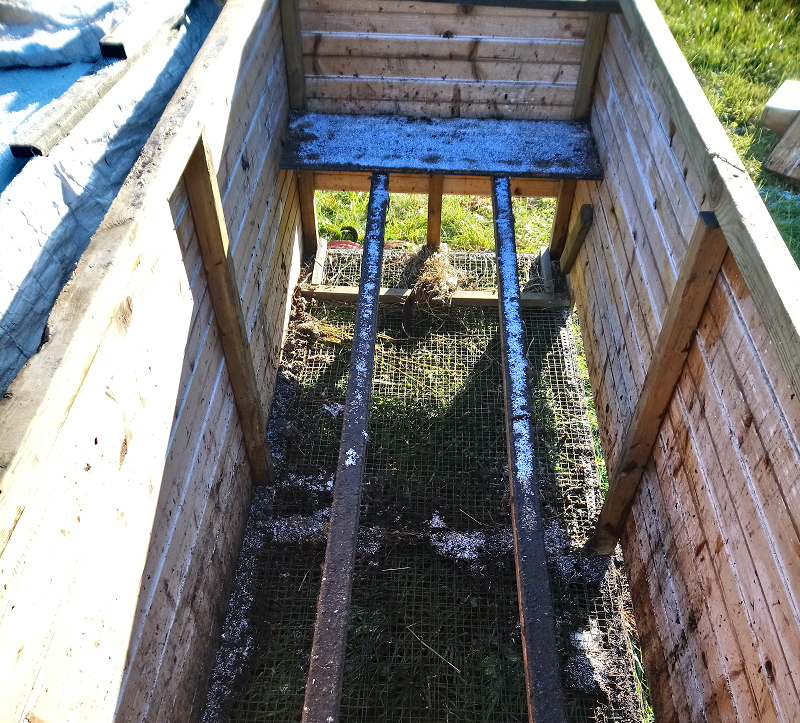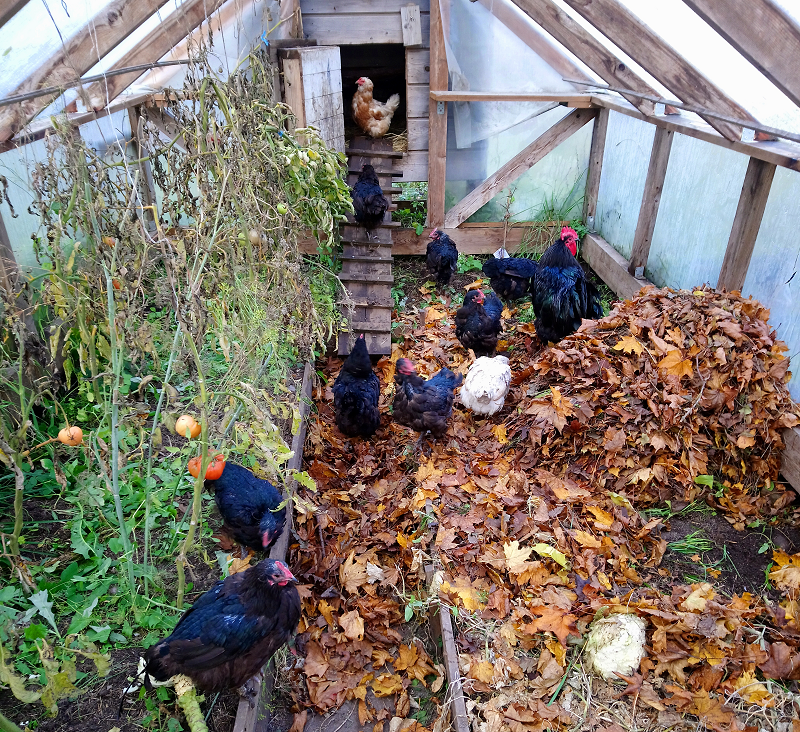
It have fascinated me for several years now how compost will heat up and produces warmth which I could use. I still remember so clearly how much joy I felt when I discovered first time in one chilly morning that my compost pile was steaming.
There are so many videos and post in internet about how to make a compost pile… so I wouldn’t dear to write another post to teach about compost. I am still learning myself. So this post is just to document what I have done and plan on doing.
I started our compost pile in the greenhouse on 3rd of November. I want it to produce warmth for our chickens through the coldest period. I mixed in these autumn leaves that I had already in greenhouse, some chicken manure from our summer coop and green stuff I got when I weeded our garden. I did soak the pile with lukewarm water.
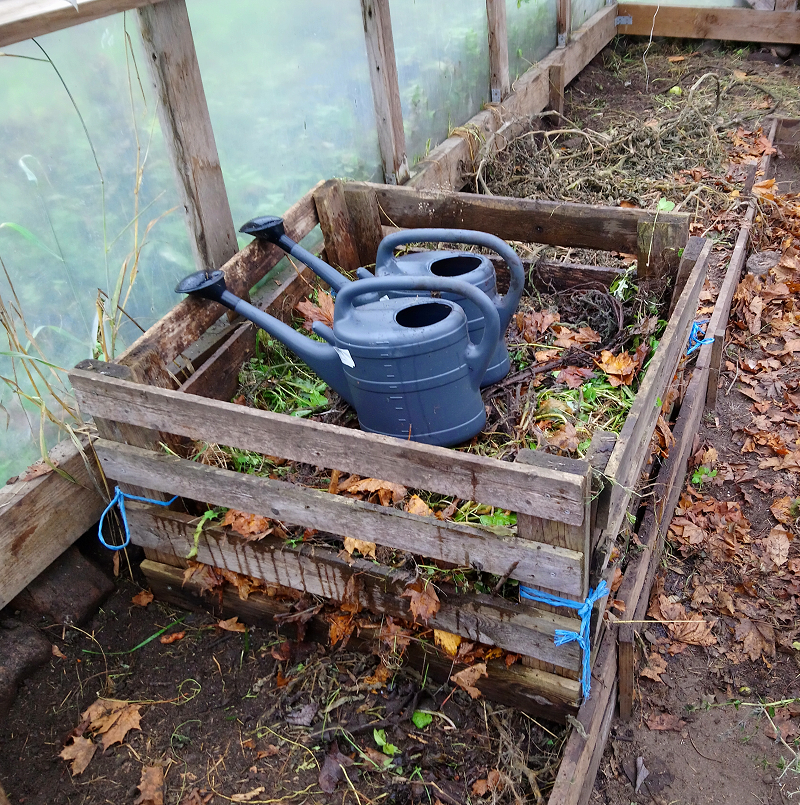
I have measured the temperatures of the pile and there’s the data I have collected so far:
- 4th of November – 53,6 degrees Fahrenheit (26 degrees Celsius);
- 5th of November – 87 degrees F (30,5 C);
- 6th of November – 93 degrees F (34 C);
- 7th of November – 108 degrees F (42,2 C), I did turn the pile for the first time;
- 8th of November – 112 degrees F (44,3 C);
- 9th of November – 142 degrees F (61,4 C);
- 10th of November – 135 degrees F (57,5 C);
- 11th of November – 137 degrees F (58 C), I turned the pile for the second time.
I feel that my pile starts to smell too much of ammonia. The first result from google search was: https://www.gardeningknowhow.com/composting/basics/compost-smells-bad.htm
So it seems I have to add more brown material to the pile. Will try to do that next time I turn the pile. Although I covered the pile with moist autumn leaves and this reduced the smell considerably.
- 12th of November – 127 degrees F (52,7 C);
- 13th of November – 135 degrees F (57,5 C);
- 14th of November – 122 degrees F (50,1 C);
- 15th of November – 138 degrees F (58,7 C);
- 16th of November – 137 degrees F (58 C).
So far so much then.
Olen mõned aastad sellest, et komposti hunnik sooja võiks toota, mega vaimustuses olnud. Mäletan siiani väga selgelt seda rõõmu, kui ma ühel jahedal hommikul avastasin, et minu komposti hunnik aurab.
Kuna internetist võib väga palju erinevaid postitusi ja videosid selle kohta, kuidas komposti hunnikut teha, siis ma ei hakka kindlasti siia järgmist õpetlikku teksti kokku panema… Õpin alles ise. Lihtsalt dokumenteerijn seda, mida ma teen või mis on plaanis teha.
Alustasin selle hunnikuga 3. novembril. Tahan kasvuhoones talvituvatele kanadele kõige külmemaks ajaks sooja kohta pakkuda. Segasin kokku sügisesed lehed (mis juba kasvuhoones olid), kanasõnniku suvisest kuudist ja rohelise materjali, mis rohimisest tekkis. Kastsin hunnikut leige veega.
Olen komposti hunniku temperatuuri mõõtnud ja need on andmed, mis ma siiani kogunud olen:
- 4. november – 26 kraadi;
- 5. november – 30,5 kraadi;
- 6. november – 34,5 kraadi;
- 7. november – 42,2 kraadi, tõstsin hunniku esimest korda ringi;
- 8. november – 44,3 kraadi;
- 9. november – 61,4 kraadi;
- 10. november – 57,5 kraadi;
- 11. november – 58 kraadi, keerasin hunniku teist korda ringi;
Mulle tundub, et minu hunnik lõhnab juba liiga vängelt ammoniaagi järgi. Esimene otsingu tulemus googlest oli järgmine: https://www.gardeningknowhow.com/composting/basics/compost-smells-bad.htm
Eestikeelsena leiab ka sellelt lehelt abi: https://www.biolan.ee/artiklid/komposti-vigade-otsimise-tabel.html
Tundub, et ma peaks oma hunnikusse pruuni materjali (sidusainet) lisama. Teen seda järgmisel korral, kui hunnikut ümber keeran. Samas katsin praeguseks hunniku päris paksu sügislehtede kihiga (terve käru täie) ja see vähendas haisu päris arvestatavalt.
- 12. november – 52,7 kraadi;
- 13. november – 57,5 kraadi;
- 14. november – 50,1 kraadi;
- 15. november – 58,7 kraadi;
- 16. november – 58 kraadi.
Selleks korraks siis nii palju infot…
